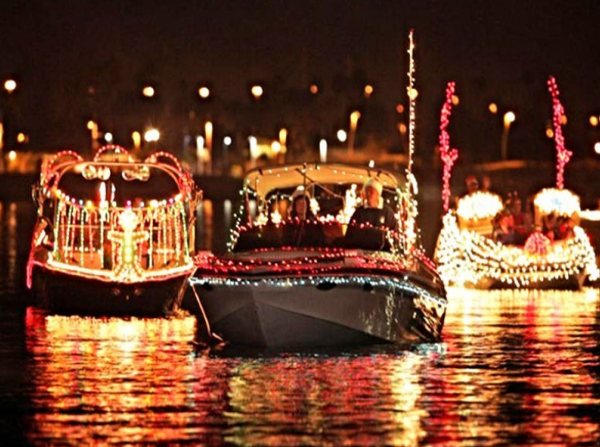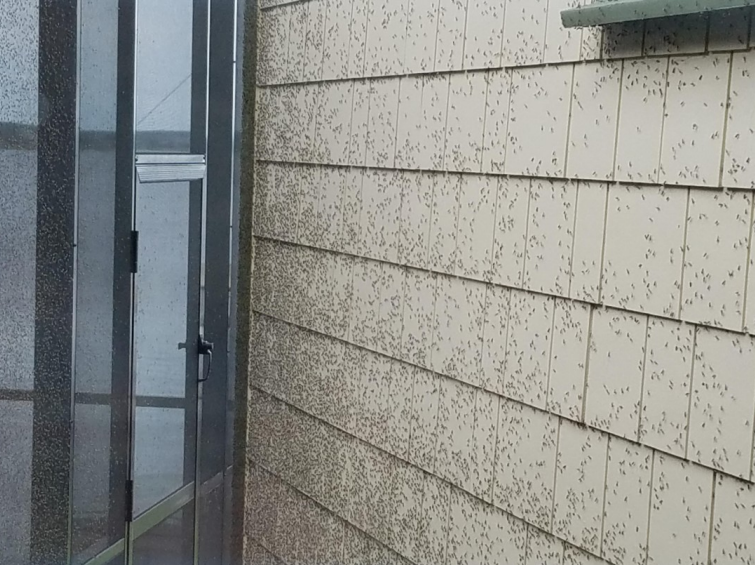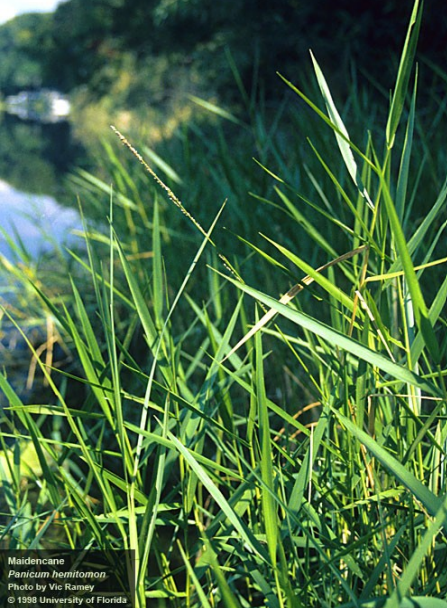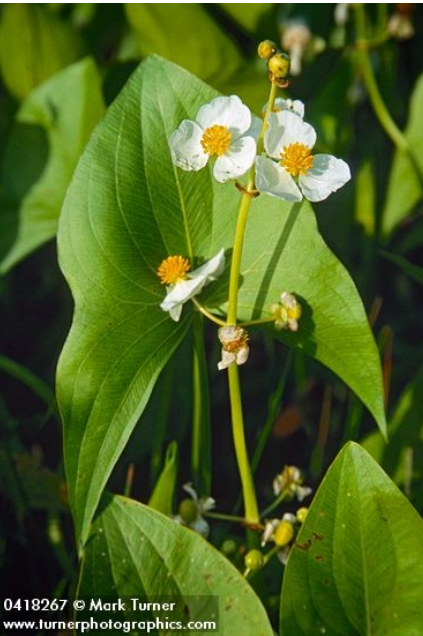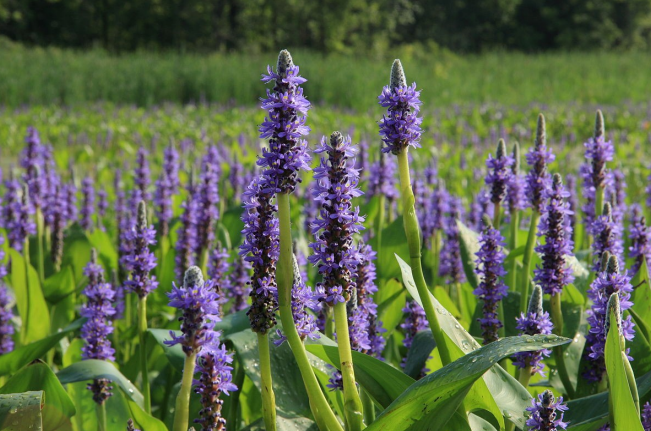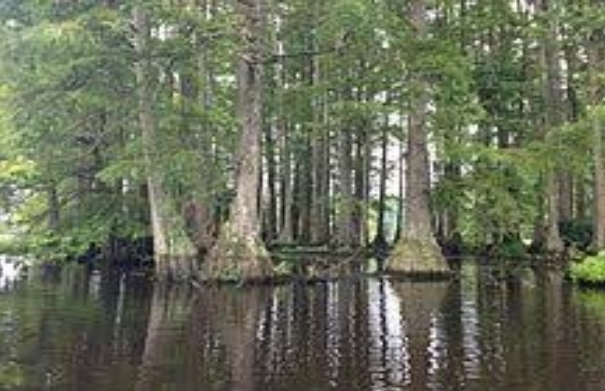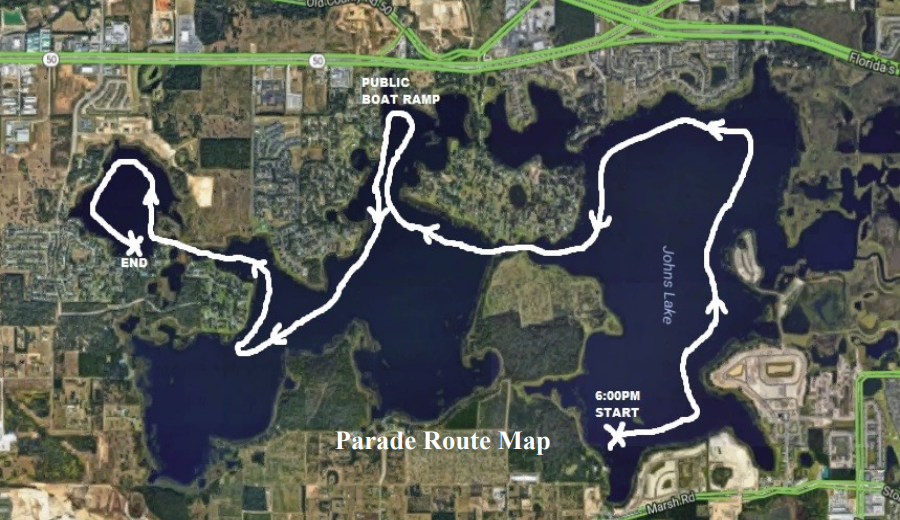Johns Lake Improvement Association Financial Statement
For year ended 12/31/17
|
Balance at 01/01/17
|
$6,884.46
|
|---|---|
|
Income
|
|
|
Member dues
|
1,430.00
|
|
Interest received
|
0.69
|
|
Balance with income
|
8315.15
|
|
Expenses
|
|
|
Cattails mailings
|
263.10
|
|
Corporate filing fee
|
61.25
|
|
P.O. box annual fee
|
68.00
|
|
Commercial service charge
|
8.00
|
|
Donation ONP
|
150.00
|
|
Donation FOLA
|
100.00
|
|
Total expenses
|
650.35
|
|
Balance at 12/31/17
|
$7,664.80
|
|---|
State and Local Agencies
Lake County Aquatic Plant Management
(352) 343-9419
Lake County Department of Environmental Utilities
(352) 343-3776
Orange County Environmental Protection Agency
(407) 836-7400
Florida Department of Environmental Protection (EDPA)
(407) 893-3303
St. Johns River Water Management District
(386) 329-1429 or (407) 897-4346
Orange Storm Water Management
(407) 836-7990
Florida Fish & Wildlife Conservation Commission
(407) 858-6170
Town of Oakland
Dennis Foltz – town manager (407) 656-1117, ext 2103
JLIA Board of Directors
Martin Davis
President
407 877-3455
Ann Megler
Treasurer
407 654-1269
Don Hickman
Secretary
407 656-2392
Mary Louise Grable
407 656-2919


